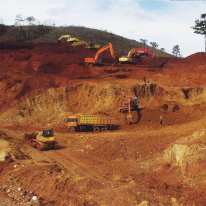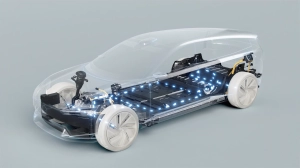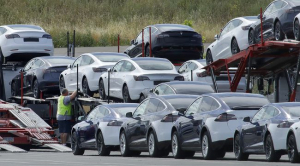Investment opportunity: Nickel-cobalt smelter in North Kolaka regency, Southeast Sulawesi
With the growing global demand and trend for green and clean energy, electronic vehicles (EV) and other forms of renewable energy are currently on the rise. Various governments are starting to shift from Internal Combustion Engine (ICE) vehicles that use fossil fuels as their primary energy source to electric vehicles which use batteries as the main energy.
As a country with the most nickel reserves in the world, it is a no-brainer that Indonesia is focusing on investment in nickel manufacturing products, especially batteries. Most of the reserves can be found in the central and western parts of Indonesia but mainly on the island of Sulawesi. There are already a couple of investments in the manufacturing of electric vehicles batteries, most recently the agreement with the South Korean investment consortium group that includes LG Energy Solutions, Hyundai, Hyundai Mobis, Kia Mobil and PT Industri Baterai Indonesia (Indonesia Battery Corporation/IBC).
High investment, high returns
To capitalize on the momentum, the government of Indonesia is currently looking for investors in the manufacturing of nickel products, primarily the manufacturing of batteries. One of the proposed investment projects is a nickel-cobalt smelter project located in North Kolaka Regency, Southeast Sulawesi. The total value of the investment will be around IDR 7.58 trillion with a payback period of seven years.
A part of the proposed area will be located in the special Protected Forest Area in the green belt area that has a mangrove forest on the coast of Tolala Bay. It is proposed that the smelter can support operations with nickel-cobalt sulfate products, with low-grade nickel grades of 0.9 to 1.5% and 0.1 to 0.4%. Furthermore, the technology used for the smelter is HPAL or High-Pressure Acid Leaching with 92,667 tons of production capacity and a production input of 2.2 million tons annually. This could be a lucrative investment as the area currently has proposed 46 mining licenses, and 27 licensed mines with 7 active mines.
In terms of accessibility, the proposed area will be fairly close to a Jetty Port, with only 2 kilometers to the nearest mine, 130 kilometers to the capital of North Kolaka, and 108 kilometers from the capital of North Kolaka to the Sangia Nibandera-Kolaka Airport. Though currently, the area only has one national road.
Social backlash and natural disaster
There are some things that should be considered by the investors as much as the potentially lucrative the investment is going to be.
One, due to how close the distance is to the protected mangrove area, there might be some backlashes, especially from environmental groups, watchdogs, etc that could affect the business, whether the operations or the sales.
Second, the area is somewhat prone to landslides as the regency is classified with two risk levels, medium and high landslides. And lastly, it has a medium risk of flood, partly due to its location near the coast. Not only the high tide, but high rainfall could also contribute to the potential flood.
Already have an account? Sign In
-
Start reading
Freemium
-
Monthly Subscription
30% OFF$26.03
$37.19/MonthCancel anytime
This offer is open to all new subscribers!
Subscribe now -
Yearly Subscription
33% OFF$228.13
$340.5/YearCancel anytime
This offer is open to all new subscribers!
Subscribe now





